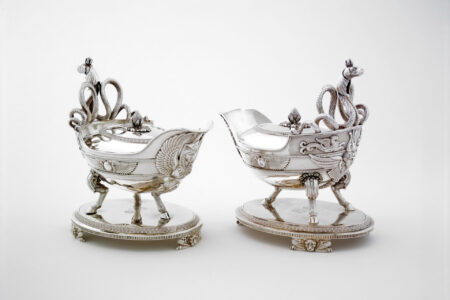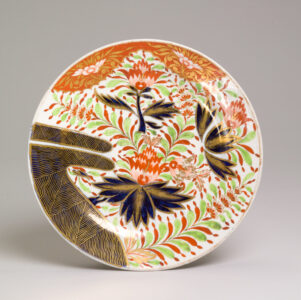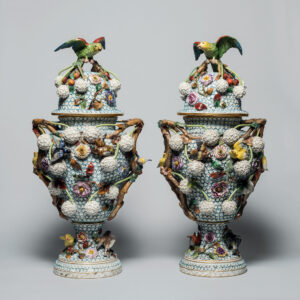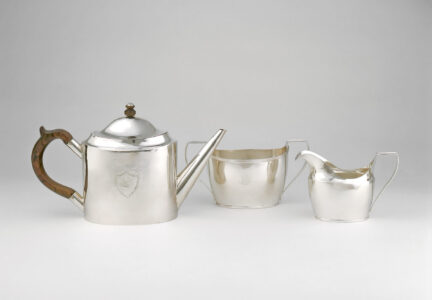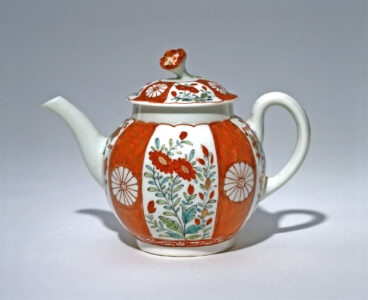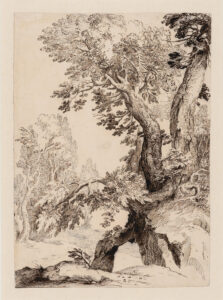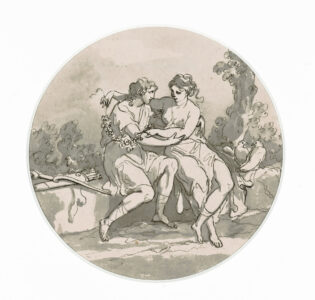Like painting and sculpture, the decorative arts are valuable social documents of their time. Beyond their obvious strong aesthetic qualities, these objects have intimate connections to the daily life of their makers and owners. They speak to social custom, contemporary taste, class distinction, and fashion, the same, which might be said of the European drawings on exhibit. The opportunity to display together such a diverse range of artmaking – from porcelain to silver to pen and ink on paper – covering four centuries, affords the visitor a rewarding glimpse at the sister arts to painting and sculpture.
The building of this special collection first gained momentum in the 1950’s when the Gallery accepted a donation from the estate of Melanie Bolton-Hill. By the 1970’s, a collecting strategy for decorative arts reflected a focus on British and Canadian porcelain, silver, glass, and studio ceramics. Today the collection, spanning the late 17th to 21st centuries, numbers over 4,600 works.
The Drawings collection at the WAG also has roots in the 1950’s with the purchase of an 18th century French drawing by Jean Baptiste Pillement, at the suggestion of the recently installed director, Ferdinand Eckhardt. This collection is much smaller than the decorative arts holdings; however, it boasts a notable assembly of 16th century to contemporary European and Canadian works, with most of the major European schools represented.
Check out this 3D tour of the space, thanks to Matterport!
And watch this mini tour of the exhibition with WAG Director & CEO and exhibition curator Stephen Borys:
Stories
To plan your visit, check out wag.ca/visit.
